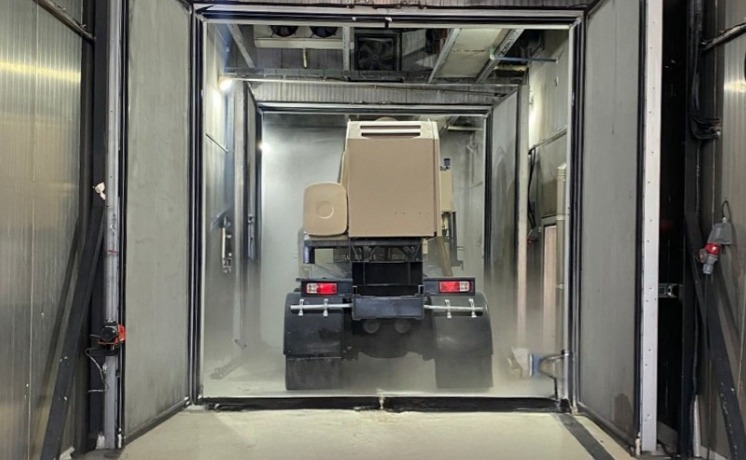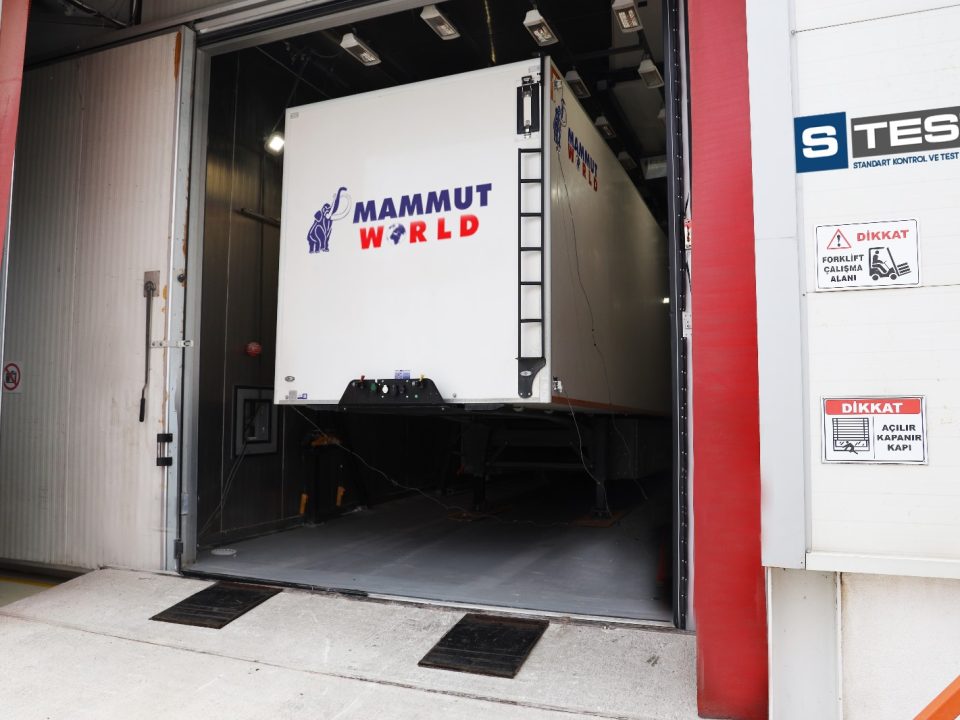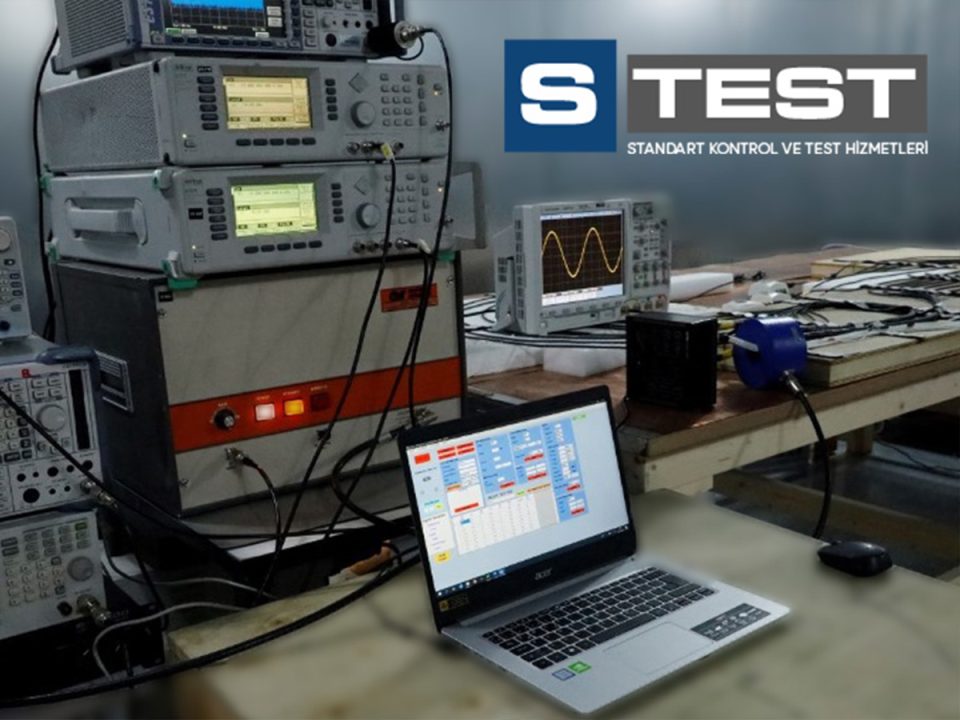RTCA DO 160E/F/G
Testing that electronic equipment designed in the aviation world always works correctly under certain environmental conditions is a very important step. What the environmental tests will be and how they will be carried out can be conveyed by your customer. However, in the aviation world, instead of specifying the tests that the customer wants one by one, a test guide is pointed out. For avionic equipment in civil aviation, the use of RTCA DO-160 Environmental Conditions and Equipment Test Procedures for Aircraft (DO-160 for short) is generally requested.
DO-160 is a guide that includes tests designed for different environmental conditions and different situations and methods on how to apply these tests. This guide also includes reference values for test acceptance conditions. DO-160 tests are grouped under 26 different test headings, and under almost all of them, there are subcategories that vary depending on the type of aircraft, the altitude at which it flies, where the equipment will be located on the aircraft, and whether this place has climate control or not.
While all of the tests in DO-160 can be applied to an electronic equipment, only some of them can also be applied. Which tests will be applied to the equipment are determined by the rules set by the aviation authority, the customer and the system engineer. In addition, the system engineer determines in agreement with the customer which category the tests will be in.
After the tests and the categories of these tests are determined, the DO-160 document explains step by step how to set up the test equipment required to perform the specified tests. In addition, it also explains in detail how to take measurements, what testing equipment to use, and how long to take a test after running.
Section 4 - Temperature and Altitude
Section 5- Temperature Change
Section 6- Humidty
Section 7 - Operational Shocks and Crash Safety
Section 8 - Vibration
Section 9 - Explosion Protection
Section 10 - Waterproofing
Section 11 - Sensitivity to Liquids
Section 12 - Sand and Dust
Section 13-Fungal Resistance
Section 14 - Salt Spray
Section 15 - Magnetic Effect
Section 16 - Power Input
Section 17 - Voltage Surge
Section 18 - Audio Frequency Conductive Sensitivity - Power Inputs
Section 19 - Evoked Signal Sensitivity
Section 20 - Radio Frequency Sensitivity (Radiated and Conducted)
Section 21 - Emission of Radio Frequency Energy
Section 22 - Transient Susceptibility Due to Lightning
Section 24 - Icing
Section 25 - Electrostatic Discharge (ESD)



